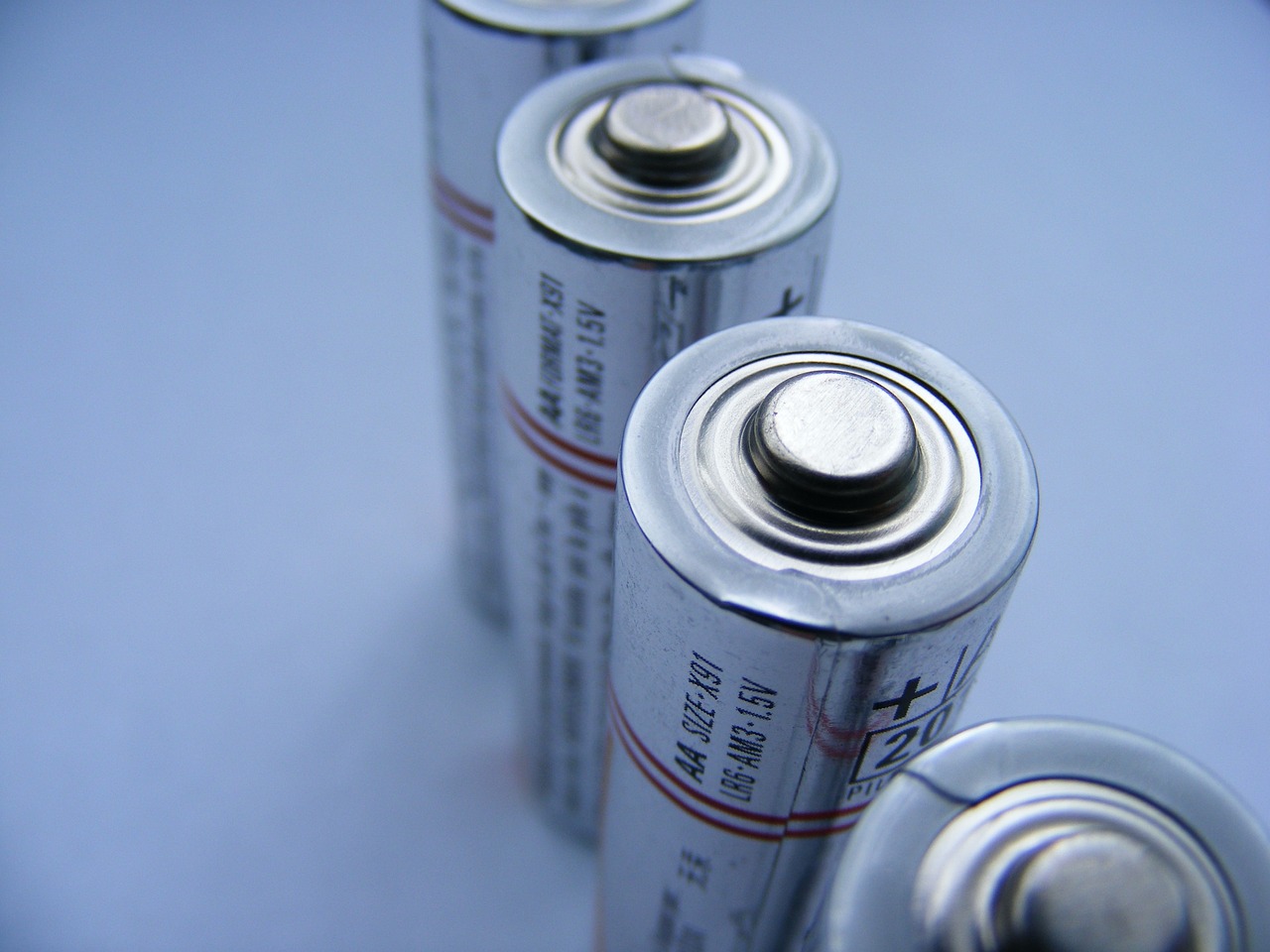This post is also available in:
 עברית (Hebrew)
עברית (Hebrew)
U.S. federal prosecutors have included AI-generated content as part of the evidence against a Florida man accused of starting the Palisades Fire—one of the most destructive wildfires in Los Angeles in recent years. The case highlights the growing and unexpected roles of generative AI platforms in modern times.
The suspect, Jonathan Rinderknecht, is alleged to have ignited a smaller fire on January 1, 2025, in Pacific Palisades. The fire later reignited due to high winds and escalated into the larger Palisades Fire. The disaster claimed 12 lives, destroyed nearly 7,000 buildings, and scorched more than 23,000 acres before it was brought under control at the end of January.
While the fire’s origin is the primary focus, digital activity tied to Rinderknecht in the months leading up to the incident has drawn particular attention from investigators. Court documents reveal that prosecutors reviewed his interactions with ChatGPT, including prompts and AI-generated imagery.
One notable example, dated July 2024, involved a prompt requesting an image of a burning forest with a crowd fleeing toward a wall dividing rich and poor. The image, created using AI tools, reportedly featured stylistic traits typical of the technology at the time, including exaggerated cartoon-like visuals.
Prosecutors also referenced an exchange from November 2024 in which Rinderknecht allegedly described burning a Bible and feeling “liberated” afterward. While the government has not argued that the AI-related content directly incited the act of arson, the material was introduced as evidence reflecting the suspect’s mental state.
This case is one of the first in which generative AI use—specifically chatbot interactions and image creation—has been formally included in a federal criminal complaint. It signals an emerging area of interest for digital forensic investigators and legal authorities, particularly as AI-generated content becomes more widespread.
Rinderknecht, currently held in Florida, is expected to be extradited to California. The investigation continues, and authorities have ruled out alternative causes such as lightning or utility malfunctions.


























